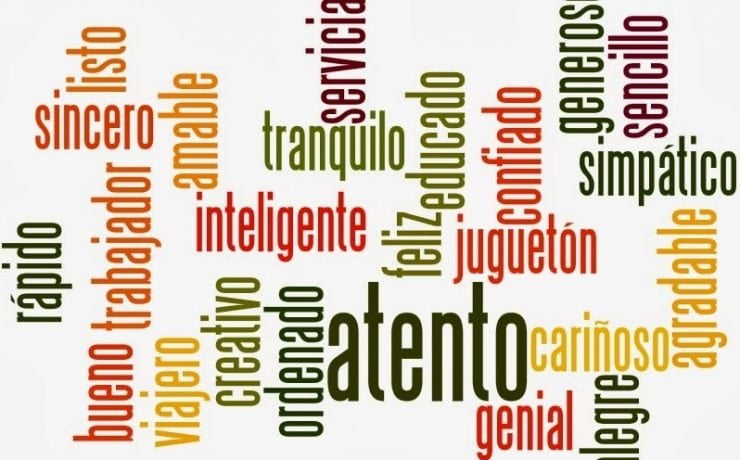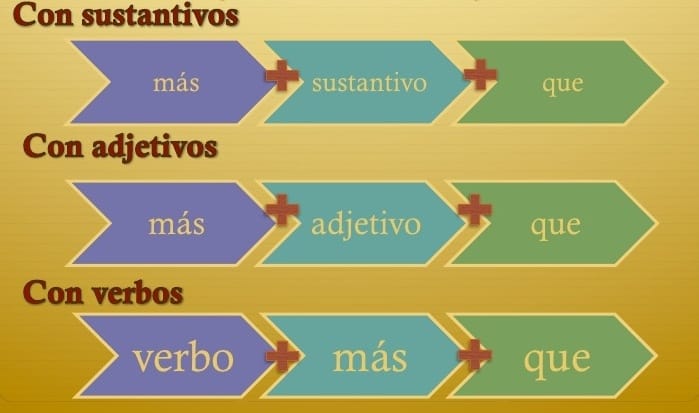
La posición del adjetivo
All languages have different tools to emphasize or reinforce the message they are trying to get across. One of the most popular tools in Spanish is to place the adjective before the noun. This grammatical resource is frequently used in literary discourse (especially poetry), but it is also very popular









